Unlock the secrets to a thriving garden by selecting the Best compost. This comprehensive guide empowers you with the knowledge to evaluate different compost types understand their benefits and make an informed choice for your plants optimal growth and health.
How to Choose the Best Compost for Your Plants

Compost, often referred to as “black gold” by gardeners is a nutrient-rich soil amendment that can work wonders for your plants. However, not all composts are created equal, and choosing the right one can make a significant difference in the health and vitality of your garden. In this guide, we’ll delve into the various types of compost, their unique characteristics, and how to select the best option to meet the specific needs of your plants.
Understanding the Basics of Compost
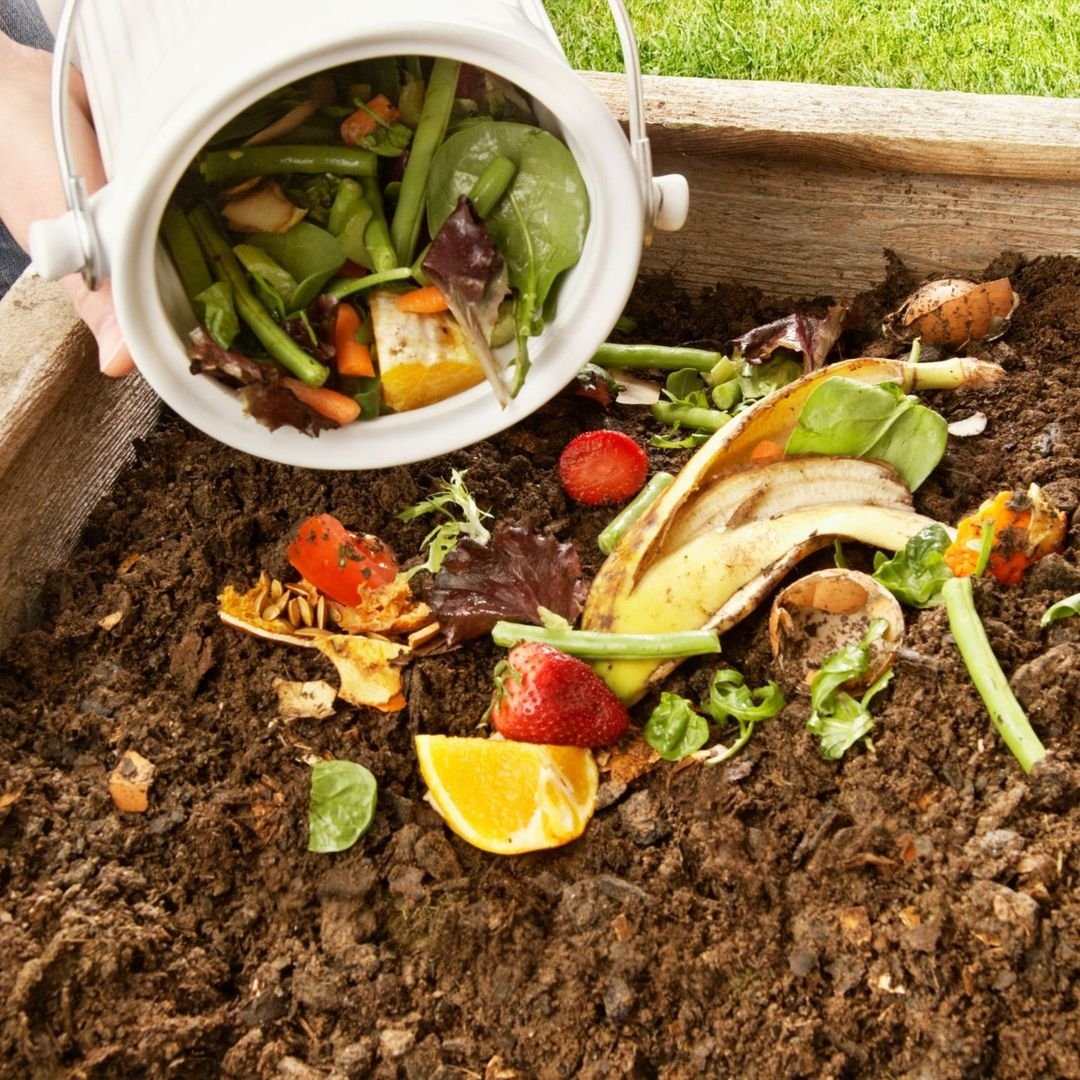
Before we explore the different types of compost, let’s first understand what compost is and why it’s so beneficial for plants.
Compost is a dark, crumbly material created by the natural decomposition of organic matter, such as leaves, grass clippings, vegetable scraps, and manure. This process is carried out by billions of microorganisms, including bacteria and fungi, which break down the organic materials into a rich, soil-like substance.
The primary benefits of using compost in your garden include:
- Improved soil structure: Compost helps to create a loamy, well-draining soil texture that allows air and water to move freely, promoting healthy root growth.
- Increased nutrient availability: As organic matter decomposes, it releases essential nutrients like nitrogen, phosphorus, and potassium, which are vital for plant growth and development.
- Enhanced water retention: Compost acts like a sponge, absorbing and holding moisture, reducing the need for frequent watering.
- Beneficial microorganisms: Compost is teeming with beneficial microbes that help protect plants from diseases and promote healthy growth.
Now that we understand the importance of compost let’s explore the different types available and how to choose the best one for your garden.
Types of Compost
Garden Compost
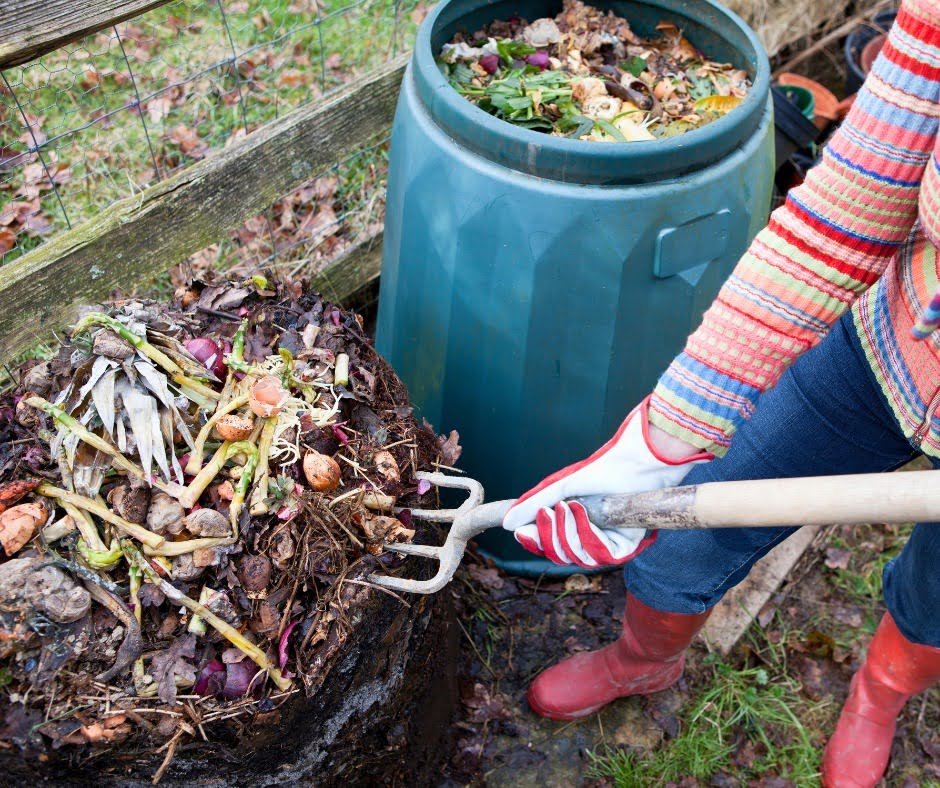
Garden compost, also known as homemade compost, is created by combining various organic materials from your yard and kitchen, such as leaves, grass clippings, vegetable scraps, and shredded paper. This type of compost is rich in nutrients and beneficial microorganisms, making it an excellent choice for enriching your garden soil.
Mushroom Compost
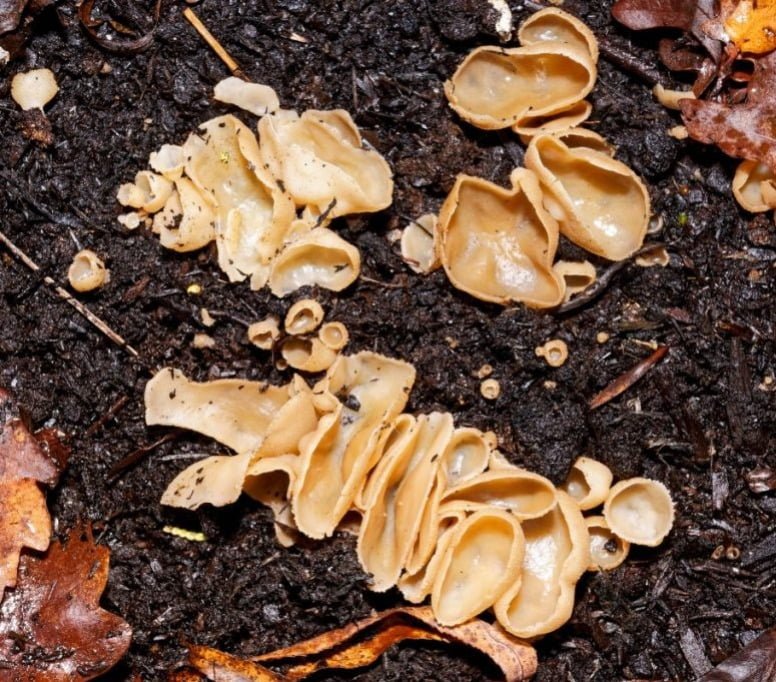
Mushroom compost is a byproduct of the mushroom farming industry. It’s made from a mixture of straw, horse manure, and other organic materials used to cultivate mushrooms. This compost is known for its high nutrient content and excellent water-holding capacity, making it ideal for improving soil structure and moisture retention.
Manure Compost

Manure compost is created by composting animal manures, such as cow, horse, or chicken manure. This type of compost is highly nutrient-dense, particularly in nitrogen, which is essential for leaf growth. However, it’s crucial to ensure that the manure compost is fully composted to avoid introducing harmful pathogens or weed seeds into your garden.
Leaf Compost
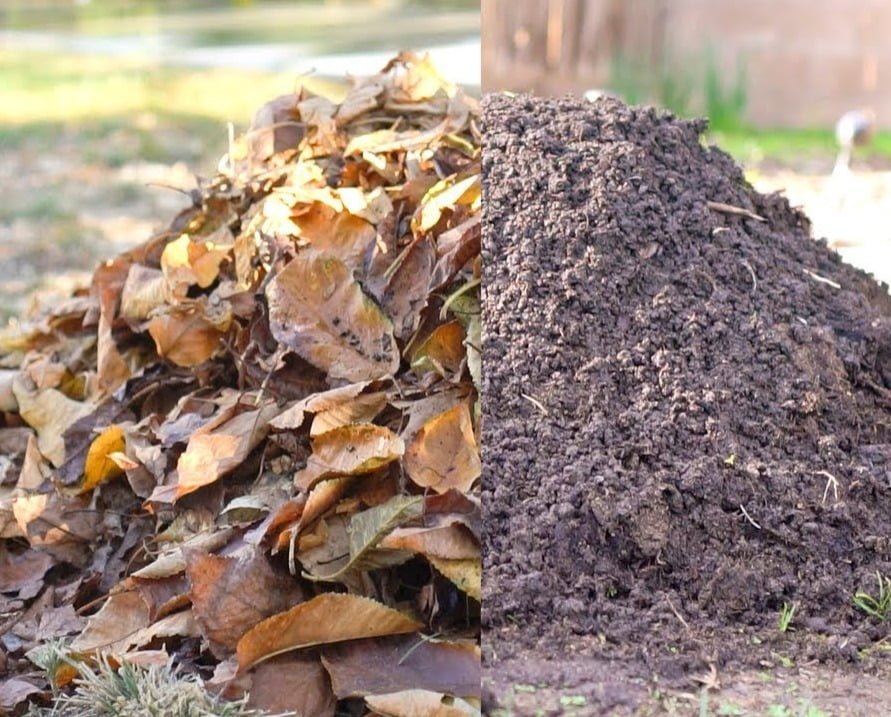
As the name suggests, leaf compost is made solely from decomposed leaves. This compost is an excellent source of carbon and can help improve soil structure and water retention. However, leaf compost may be low in other essential nutrients, so it’s best to use it in conjunction with other compost types or fertilizers.
Vermicompost
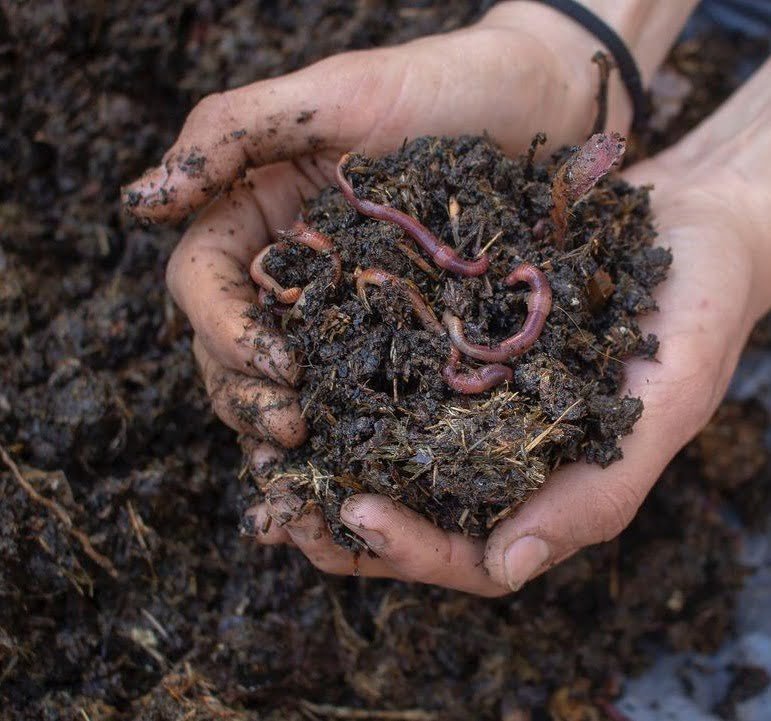
Vermicompost, also known as worm compost, is created by using worms to break down organic matter. This type of compost is rich in beneficial microorganisms and nutrients, making it an excellent choice for promoting healthy plant growth and disease resistance.
Choosing the Right Compost for Your Plants
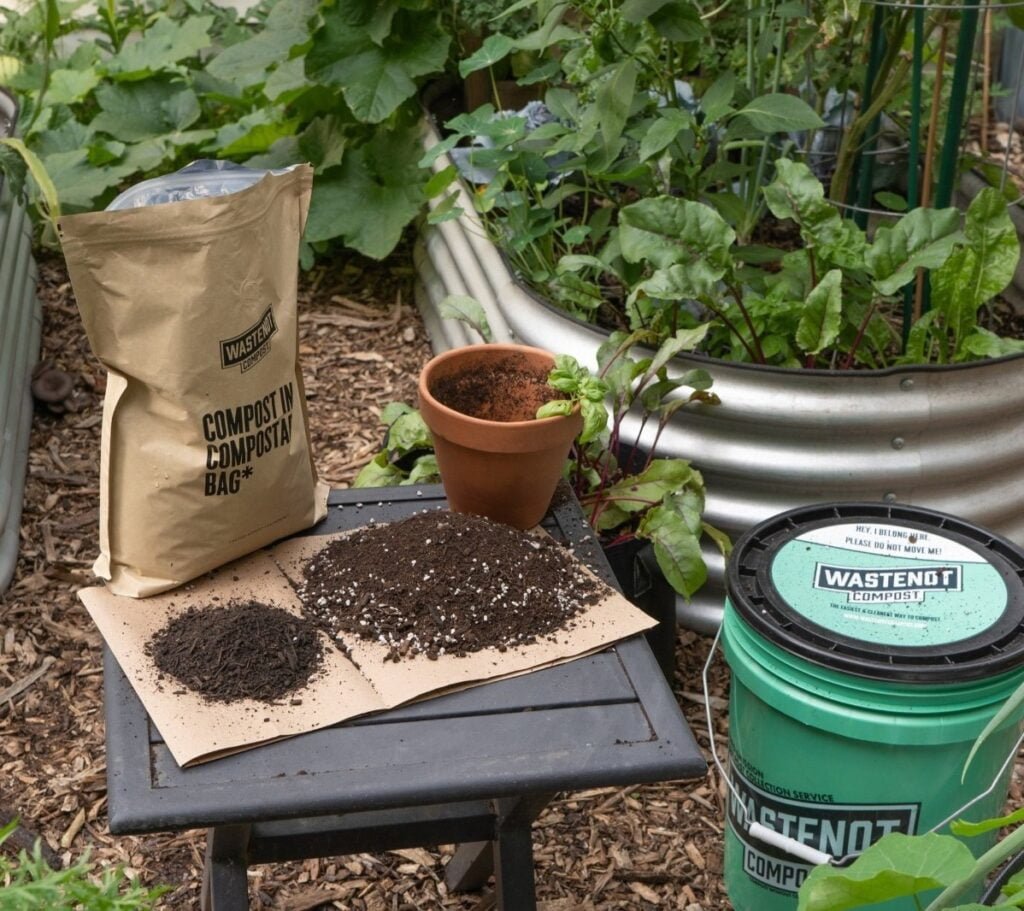
With so many types of compost available, it can be challenging to determine which one is best suited for your plants. Here are some factors to consider when making your selection:
Plant Type
Different plants have varying nutrient requirements. For example, leafy vegetables and annuals tend to thrive with compost high in nitrogen, while fruiting plants and perennials may benefit more from composts rich in phosphorus and potassium. Consider your plants’ specific needs when choosing a compost type.
Soil Conditions
Evaluate your soil’s existing structure and nutrient levels. If you have heavy clay soil, you may want to opt for a compost that can help improve drainage and aeration, such as mushroom compost or leaf compost. If your soil is lacking in specific nutrients, choose a compost that can provide those missing elements.
Maturity of Compost
Fully mature compost is essential for ensuring that harmful pathogens, weed seeds, and phytotoxins (substances that can inhibit plant growth) have been eliminated during the composting process. Immature compost can cause more harm than good, so always choose well-aged compost from reputable sources.
Sustainability and Cost
If you’re committed to sustainable gardening practices, consider the environmental impact and carbon footprint of the compost you choose. Locally sourced or homemade compost is often the most eco-friendly option. Additionally, factor in the cost of different compost types to ensure it fits within your gardening budget.
Combining Different Composts
In many cases, using a blend of different compost types can provide a well-rounded nutrient profile and balance the strengths and weaknesses of each individual compost. For example, you could mix garden compost with mushroom compost to create a nutrient-rich, moisture-retentive soil amendment.
Application and Usage
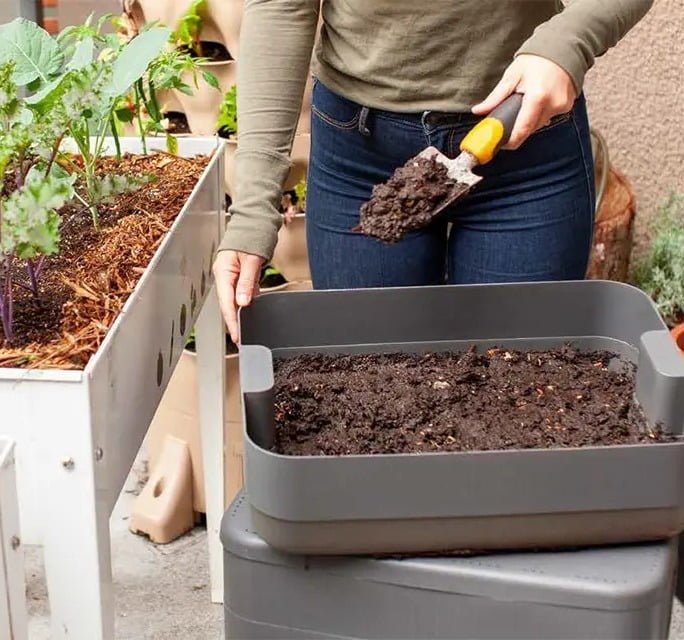
Once you’ve selected the best compost for your plants, it’s essential to understand how to properly incorporate it into your garden. Here are some tips:
- Soil Amendment: Mix compost into your existing garden soil before planting to improve its overall quality and nutrient content.
- Top Dressing: Apply a thin layer of compost (1-2 inches) on top of your garden beds or around established plants as a top dressing, allowing the nutrients to slowly release into the soil over time.
- Potting Mix: Combine compost with other materials like peat moss or coconut coir to create a nutrient-rich potting mix for container plants.
- Seed Starting: Use a compost-based seed starting mix to give your seedlings a strong, healthy start.
- Mulching: Spread a layer of compost around your plants as a mulch to suppress weeds, retain moisture, and slowly release nutrients into the soil.
Remember, when it comes to compost, moderation is key. Too much compost can lead to nutrient imbalances or other issues, so follow the recommended application rates and monitor your plants’ response.
By taking the time to understand the different types of compost and selecting the best option for your plants’ needs, you’ll be well on your way to creating a thriving, healthy garden. Embrace the power of compost and watch your plants flourish like never before!
Pingback: Compost: Essential Guide to Choosing the Best f...
Pingback: Dragon Tail Plant: How to Grow & Care for This Captivating
Pingback: Growing Fig Trees: A Comprehensive Guide for Beginners -
Pingback: Secrets of Capers: A Comprehensive Guide to Growth and Care
Pingback: Blueberry Growing Made Easy: Tips for a Successful Harvest
Pingback: Artichoke Gardening: Essential Tips for Globe and Jerusalem Varieties
Pingback: Shampoo Ginger Lily Care: Planting, Growing and Maintenance Guide
Pingback: Flame Lily: A Comprehensive Guide to Growing and Caring
Pingback: Natural Beauty: Majestic Trees That Start with ‘H’
Pingback: Cultivating Iris Flowers: Tips for Stunning Blooms
Pingback: How To Grow and Care For Honeysuckle – A Fragrant Guide
Pingback: Blue Star Flower: A Guide to Growing this Celestial Beauty
Pingback: The Majestic White Oak Tree : History, Benefits and Care
Pingback: Winter Plant Protection: A Comprehensive Guide for Keeping Your Garden Thriving
Pingback: Trees That Start with ‘I’: Discover Beautiful Nature
Pingback: How to Grow and Care for Flowering Quince in Your Garden
Pingback: Bridal Veil Plant: A Guide to Growing and Caring
Pingback: Esperanza Plant : Tips for Care and Successful Growing
Pingback: Sunflowers : Varieties, Planting Tips and Care Techniques